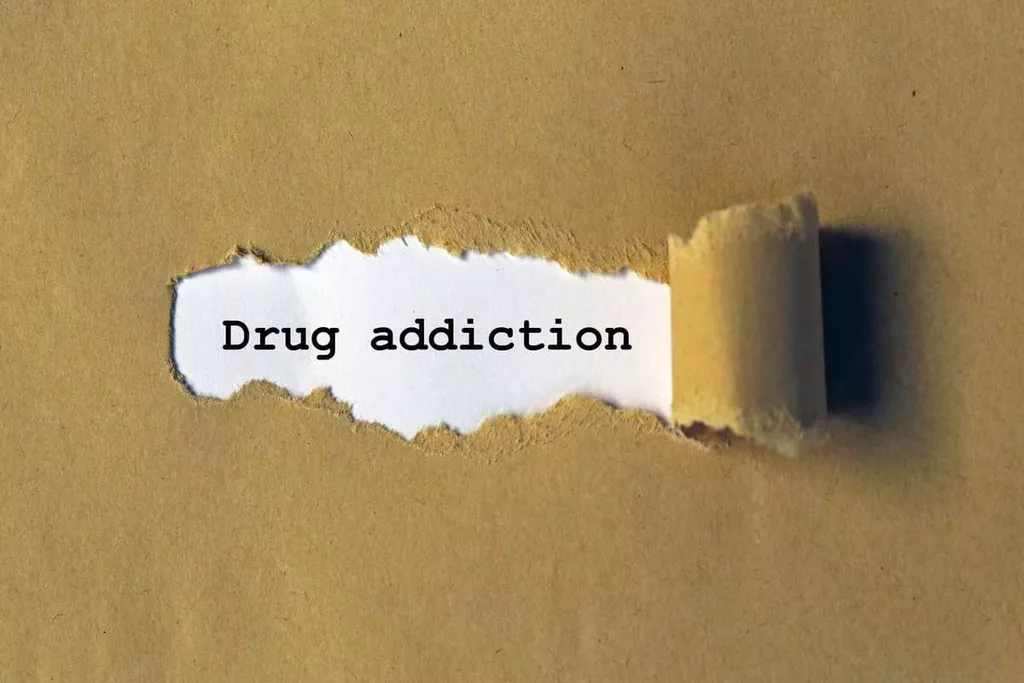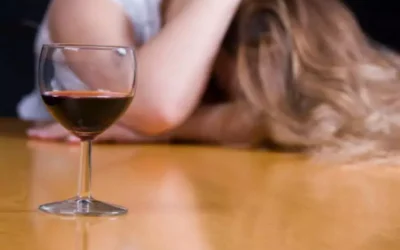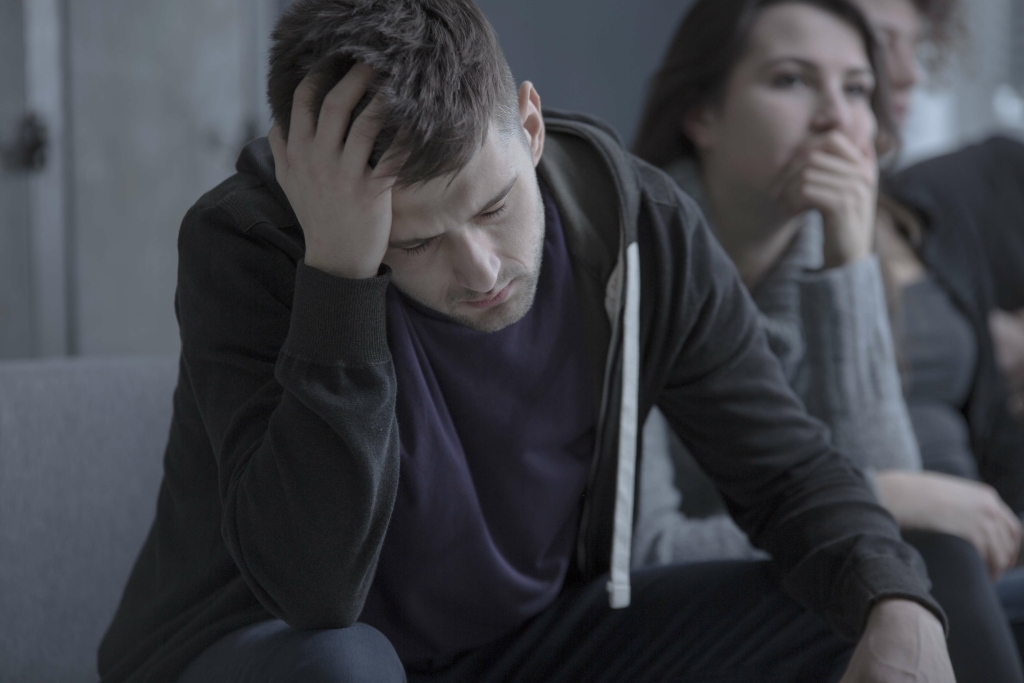Rules vary depending on each home or accrediting organization, but most sober living homes have several rules in common. Other benefits include being around others who are at the same point in the recovery process, as well as one or two staff members who reside with the https://ecosoberhouse.com/ residents and are professionally trained. Residents are required to maintain a job or continue their education, and there are usually weekly group meetings. Substance use treatment providers may offer oversight in some instances, although this is not always the case.
WE ACCEPT MOST PPO INSURANCE
One rule that is universal among all sober living homes is maintained sobriety. In order to live in a sober house, residents must submit to random drug testing and they must pass. Some houses will not allow residents to use specific mouth washes or cooking ingredients because they may show up as a positive on a drug test—or they can be misused in order to get high. In addition, residents must refrain from fighting or violence, go to work or school, and abide by curfews. These rules are in place in order to help residents hold themselves accountable and develop a sense of responsibility. Most people who live in a sober house have gone through a recovery program and are working on developing independence while in a safe environment.
How Long Can You Stay in a Sober-Living House?
Residents are often required to seek employment, further their education, or engage in volunteer work. This aspect of sober living ensures that you not only work on staying sober but also on rebuilding sober house your life and securing a stable future. Smith and Clark recommend seeking out an SLH after completing clinical treatment to best practice the skills learned in the program alongside others in recovery.
Sober Living Houses
- Whether you’re transitioning from an inpatient program or seeking to strengthen your recovery process, sober living homes offer an invaluable stepping stone towards lasting sobriety.
- You can also schedule meetings or counseling sessions around your work hours.
- Residents in sober-living homes commit to abstaining from substance use while participating in outpatient programming or after completing inpatient drug rehab.
- Most homes have household meetings nightly, and residents often attend treatment, support group meetings or other wellness activities together.
- Many low-cost programs are looking for residents who can show commitment to their recovery.
In addition, attending local meetings, workshops, and staying engaged with counseling services can provide an added layer of support that’s instrumental in maintaining sobriety. Unlike an apartment complex, the residents of a sober house may find themselves bunking with several other people. Depending on the facility, residents may be expected to do house hold chores. Since sober houses are not rental facilities, there is no contract in place.
- No longer is the topic of sobriety confined to discreet meetings in church halls over Styrofoam cups of lukewarm Maxwell House.
- Some of them will even subject you to periodic and random drug testing so that you maintain your sobriety while staying at the center.
- Payments would be determined, in encrypted messaging services, by insurance revenues that Raffa expected for those patients, prosecutors said.
Sober living homes are generally less strict than halfway houses and allow residents more independence in terms of curfew, visitors, and access to technology. Residents in sober living homes are expected to maintain their sobriety, participate in group meetings, and contribute to household responsibilities while meeting all expenses. Sober living homes, sometimes referred to as transitional living arrangements, halfway houses, or recovery residences, can be a step down from formal substance use treatment programs. These homes can offer an in-between option for individuals after they complete a treatment program and before they return to their homes and lives.
Neighbors express concerns over a sober house in Banning Lewis Ranch – KRDO
Neighbors express concerns over a sober house in Banning Lewis Ranch.
Posted: Tue, 26 Mar 2024 07:00:00 GMT [source]
This structure helps you build discipline and accountability, key components for a sober life. Embarking on the journey to sobriety is a significant step in anyone’s life, especially if you’re navigating the complexities of addiction recovery. Sober living plays a pivotal role in this process, offering a structured yet flexible environment where you can forge a path toward a substance-free life.


SOBER LIVING VS A HALFWAY HOUSE


